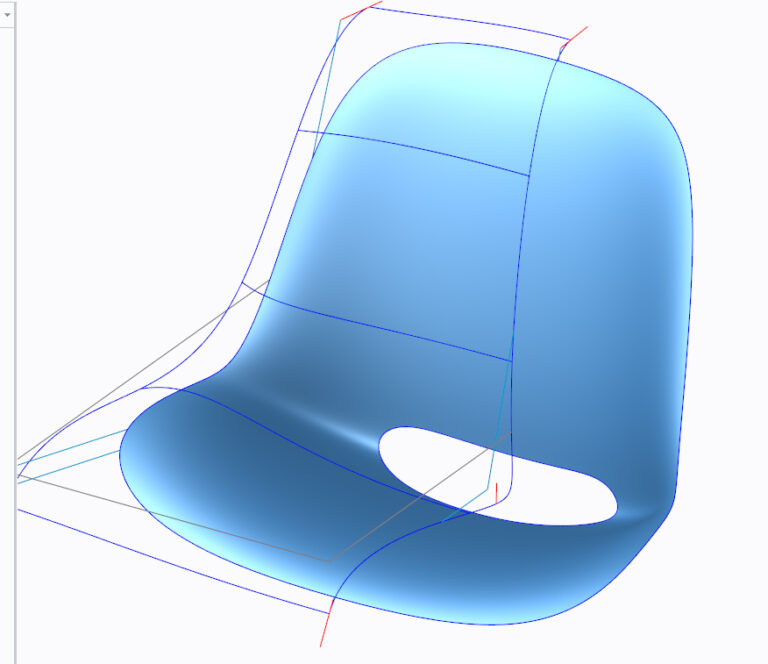Creo Custom Surfacing
Description
This course is the customized version of the surfacing classes Design Engine offers. Bring in a project that you have struggled with, and we tailor the course around your problem. This course is usually administered one-on-one. This class is perfect for product design engineers who already maintain a high level of surfacing but want to elevate their skills.
This course is usually administered one on one. This Creo training class is a custom workshop where you bring your project, and we help bring it to completion. We teach design engineers how to approach surfacing projects and make multiple changes on the model without failed features.

Topics

- Learn to take advantage of isoparms/isolines with respect to striation or flow of a surface
- Learn about tangency issues in-depth using examples from difficult surface anomalies with or without control points
- Learn advanced details of Sweeps, blends & other curve & surfacing techniques to maintain Draft
- Learn techniques for capturing form by looking at various foam models and offer several starting examples on how to initiate the modeling process
- Alternative surface creation techniques from robust curves
- An introduction to 3D bounding boxes or lattice structures
- Discuss how to incorporate handles for further control as well as understanding surfaces that look at those curve
Duration & Cost
Varies based on needs. For corporate rates, please call (312)226-8339
Prerequisites
Projects
- Robust surfacing modeling techniques
- Plan of attack or set up process for building models
- Explore curvature G2 continuity and multiple plans of attack by looking at existing products
- Create ridiculously robust models utilizing lattice structures
- Learn to eliminate isoparms and isoline
- Build surfaces from graph features
- Illustrate techniques utilized by Alias, used primarily in the automotive industry

Discussion
- Modeling techniques with respect to industry standards
- Light reflections from an industrial designer’s perspective, with respect to G2 Continuity
- Compare Creo to Alias modeling techniques
- 3-part to 4-part boundaries with examples for getting out of a corner
- Approach for capturing form from foam models or ID sketches
- Ideation process techniques to prove form and to get multiple 3D iterations within hours rather than days
- Advanced functions of Creo, strengths and weaknesses compare to others
- Clam shell plastic part design as related to swept surfaces
- Practical uses of detail surface analysis tools
- Avoiding 3 part boundaries and why
Video Training Delivery System
Ask your Design Engine account manager about our Training Delivery System(TDS), an easy-to-follow guide for designers and engineers who want a supplement to this course.
* Please note that prices listed are based upon pre-payment prior to the start of the class. The TDS is available as an additional cost to this course.
